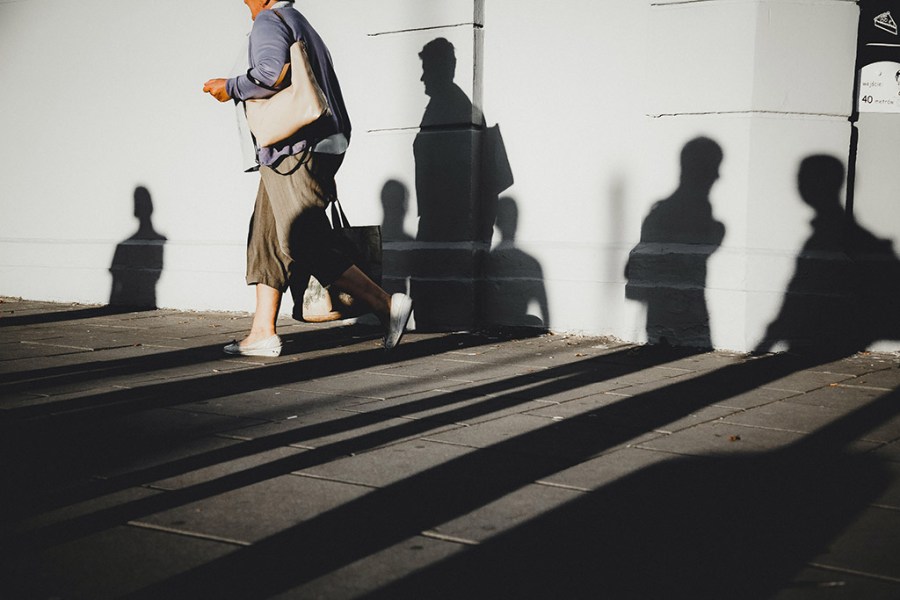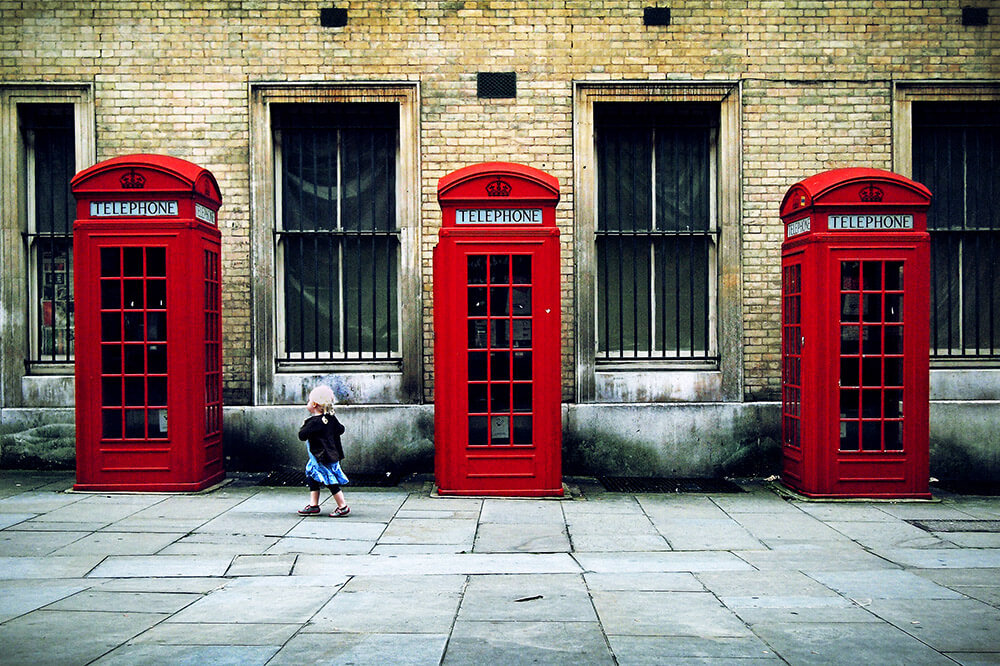The smart Trick of Street Photographers That Nobody is Talking About
Table of Contents5 Simple Techniques For Street PhotographersFascination About Street PhotographersThe smart Trick of Street Photographers That Nobody is DiscussingNot known Facts About Street PhotographersThe Basic Principles Of Street Photographers
, a category of digital photography that documents everyday life in a public place. The very publicness of the setting allows the photographer to take candid photos of complete strangers, usually without their knowledge. Street professional photographers do not necessarily have a social function in mind, however they favor to separate and record minutes which could or else go undetected.Though he was influenced by most of those who influenced the road photographers of the 1950s and '60s, he was not primarily curious about recording the spirit of the road. The impulse to aesthetically document people in public started with 19th-century painters such as Edgar Degas, douard Manet, and Henri de Toulouse-Lautrec, that worked side by side with photographers trying to catch the essence of city life.

Offered the fine quality of his photographs and the breadth of material, designers and musicians often bought Atget's prints to use as recommendation for their own work, though commercial interests were barely his major inspiration. Instead, he was driven to photo every last residue of the Paris he liked. The mingled passion and urgency of his objective shine through, causing photographs that narrate his own experience of the city, qualities that expected street photography of the 20th century.
Fascination About Street Photographers
They expose the city through his eyes. His job and essential understanding of digital photography as an art kind functioned as inspiration to generations of professional photographers that complied with. The future generation of road photographers, though they likely did not describe themselves therefore, was ushered in by the photojournalism of Hungarian-born professional photographer Andr Kertsz.
Unlike his peers, Brassa made use of a larger-format Voigtlnder camera with a longer direct exposure time, forcing him to be much more computed and thoughtful in his technique than he might have been if utilizing a Leica.
Cartier-Bresson was a champ of the Leica camera and one of the very first photographers to maximize its abilities. The Leica permitted the professional photographer to communicate with the environments and to catch minutes as they happened - Street Photographers. Its fairly small size additionally assisted the digital photographer fade right into the history, which was Cartier-Bresson's preferred method
The Definitive Guide for Street Photographers
It is due to this basic understanding of the art of photo taking that he is commonly credited with rediscovering the tool around again about a century since its invention. He took pictures for greater than a half century and influenced generations of photographers to trust their eye and instinct in the moment.
These are the questions I will attempt to answer: And after that I'll leave you with my very own meaning of road photography. Yes, we do. Allow's begin with defining what an interpretation is: According to it is: "The act of defining, or of making something definite, unique, or clear".
No, certainly not. The term is both restricting and misdirecting. Seems like a street digital photography ought to be images of a streets ideal?! And all street digital photographers, with the exception of a handful of absolute newbies, will totally appreciate that a street is not the crucial part to road photography, and in fact if it's a photo of a street with maybe a few monotonous people not doing anything of rate of interest, that's not road photography that's a snapshot over here of a road.
He makes a legitimate point do not you believe? While I agree with him I'm not certain "candid public digital photography" will catch on (although I do kind of Continued like the term "honest photography") due to the fact that "road digital photography" has been around for a long time, with several masters' names affixed to it, so I believe the term is here to stay.
10 Simple Techniques For Street Photographers
You can fire at the coastline, at a celebration, in an alley, in a park, in a piazza, in a cafe, at a gallery or art gallery, in a city terminal, at an event, on a bridge, under a bridge ...
Yes, I'm afraid we scared no choice! Without guidelines we can not have a meaning, and without a definition we don't have a style, and without a style we don't have anything to define what we do, and so we are stuck best site in a "regulations interpretation style" loop! - Street Photographers
The Ultimate Guide To Street Photographers

Comments on “Street Photographers - An Overview”